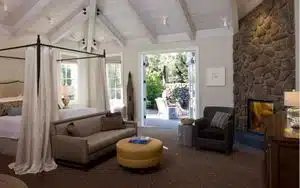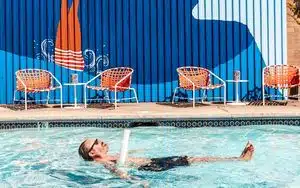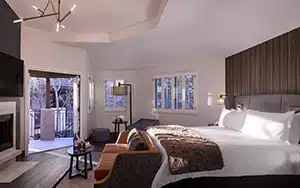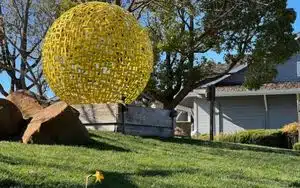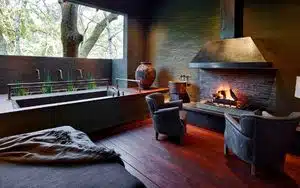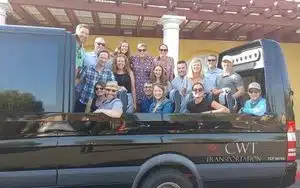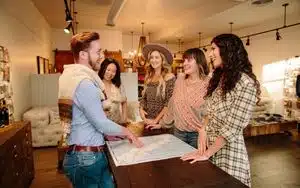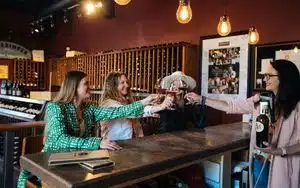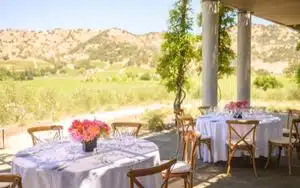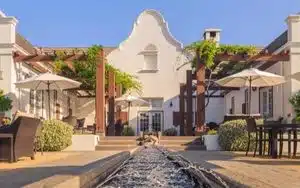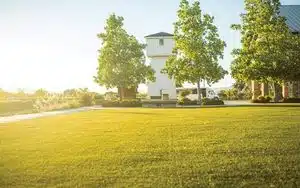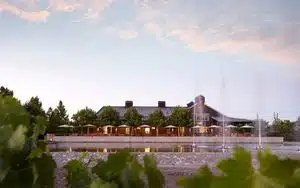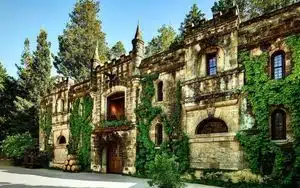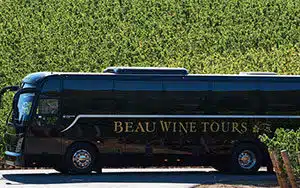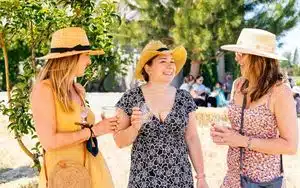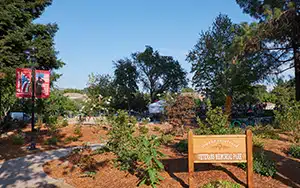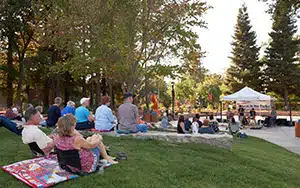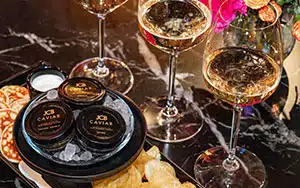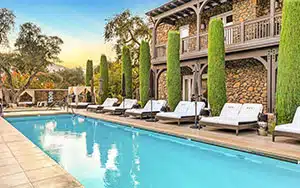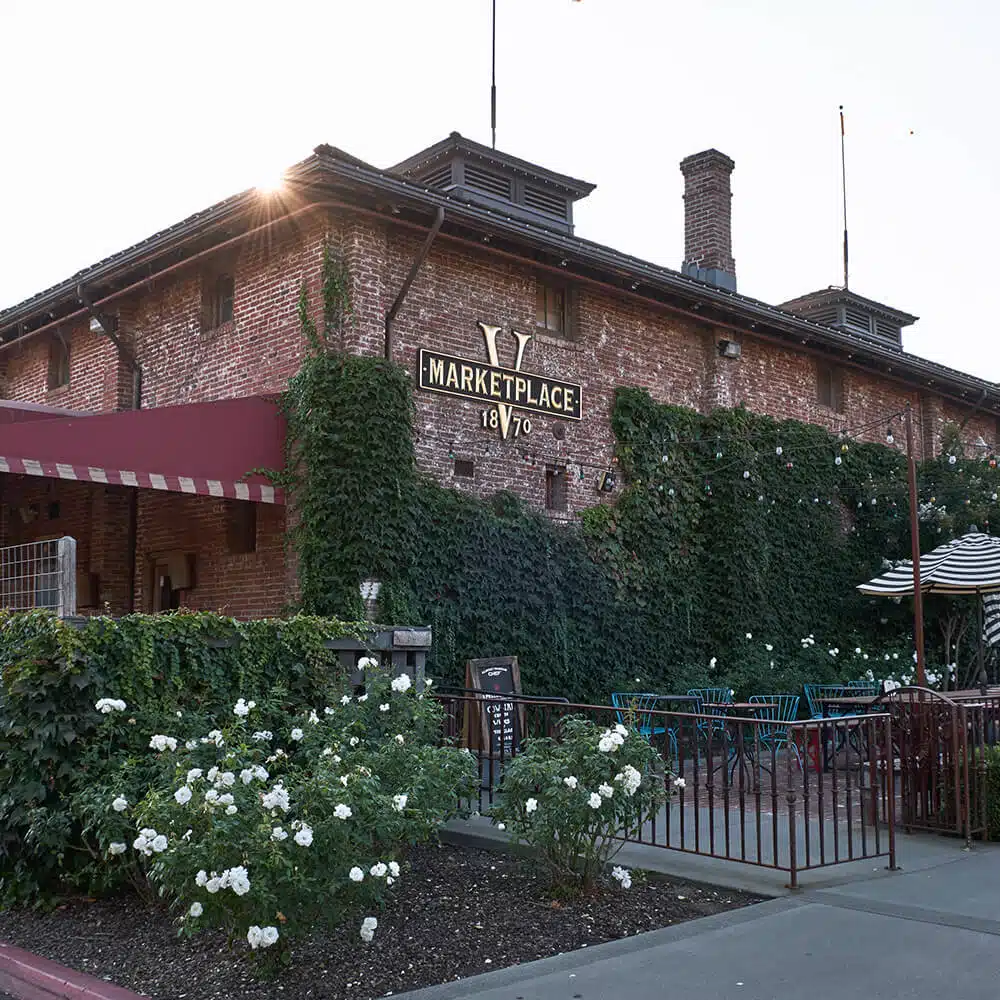HISTORY
a getaway in Napa Valley
Considered the culinary heart of Napa Valley, Yountville is the ultimate luxury get-away. With its world-class restaurants and accommodations, and many of the Valley’s most celebrated wineries, Yountville marries a breathtaking setting and small-town ambiance with a sophisticated Wine Country lifestyle.
The small town of Yountville was the site of Napa Valley’s first planted grapevines. The walkable village amid the vines with gorgeous mountain views offers luxe lodging from cozy to indulgent, the only hot air ballooning launch in Napa Valley, five sites on the National Register of Historic Places, unique shopping, golf, art galleries and performing arts, plus a constellation of Michelin stars and renowned restaurants.
An ideal base for wine lovers, Yountville’s microclimate has its own American Viticultural Area (AVA) and offers unparalleled wineries and producers.
Learn more about Yountville and keep up with the latest news by following us:
a few fun facts about yountville
YOUNTVILLE BY NUMBERS
POPULATION
TASTING ROOMS
RESTAURANT SEATS
NUMBER OF HOTEL ROOMS
SQUARE MILES
GAS STATION (with a great wine selection & Hot Dog combo)
DISCOVER
yountville’s history
In 2015, the Town of Yountville celebrated its 50-year anniversary since incorporation. Of course, our history extends long before that; we have an interesting past you might not know about!
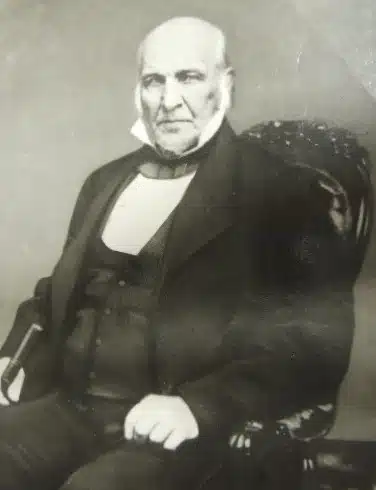
George C. Yount
Native People
Native peoples lived in the Napa Valley for several thousand years before Europeans arrived. Three to four thousand people are thought to have lived in the valley at the time of European contact, in four distinct tribes or bands: the Napa, the Caymus, the Canijolmano, and the Mayacama. They spoke a Patwin language in the south, and a Wappo language in the north. The native peoples built villages, and actively shaped the landscape by collecting and transplanting seeds and periodically burning meadows.
These practices are, in part, responsible for the open character that made the valley attractive for ranching and, eventually, adapted for modern agriculture.
George Yount Era (1836-1870)
In the early 1800s, the area that now includes Yountville was owned by Mexico. George C. Yount received an 11,887-acre land grant from the Mexican government in 1836. Yount named his land Caymus Rancho after a tribe of Native Americans in the area. Immediately to the south was a Mexican land grant to Salvador Vallejo, who called his lands Rancho de Napa. In the early 1850s—after California became part of the US—Yount laid out a six block area with a public square and created a village that he called Yountville.
Meanwhile, Vallejo began selling his property to pioneers; the people who purchased these lots built houses and stores and named their community Sebastopol. Both villages are part of present-day Yountville.
Rail service began by 1868, influencing the town’s configuration and bringing newcomers. These included Gottlieb Groezinger, who purchased twenty acres of land and built a winery, barrel room, and distillery. Today the three massive stone buildings are known as V Marketplace.
Settlement + The Veterans Home (1870-1915)
In 1884, the Society of Mexican War Veterans and the Grand Army of the Republic built a long-term care facility for elderly and disabled military veterans at the southwestern edge of Yountville. The State bought the Yountville Veterans Home shortly afterward, and operates it today. The Veterans Home brought a new population, resulting in many new businesses to serve them. However, after the turn of the 20th century Prohibition forced the closure of the bars, saloons, and brothels that had filled the small town.
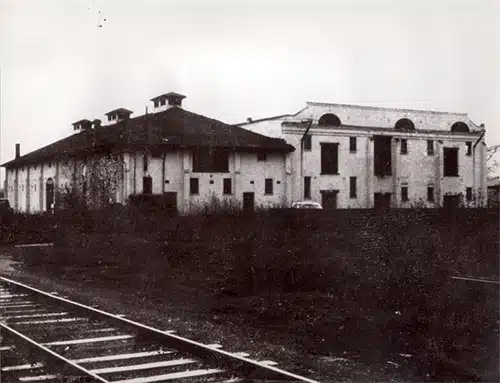
1870 building that was originally the Groezinger Winery Complex, now V Marketplace
Early Growth (1915-1965)
This period saw the further establishment of the community, particularly with the opening of the Yountville Community Hall in 1926. In the 1950s, in response to growth, Yountville residents formed the Yountville Sanitation District and the Yountville County Water District. In the early 1960s, residents began organizing for incorporation. According to testimony, the community held a “strong feeling of separate identity.” In 1959, Highway 29 was rebuilt on a new alignment around the edge of town.
Incorporation Era (1965-1994)
In 1965, the Town of Yountville became the fourth incorporated community in Napa County. Yountville’s population at the time of its incorporation was approximately 2,600, including 2,000 residents at the Veterans Home. The new town continued to develop, but at the same time it came to identify strongly with its small-town scale and agricultural setting. Farmland preservation and the growth of the wine industry in Napa Valley marked this time; in Yountville, the establishment of Domaine Chandon and Vintage 1870 laid the groundwork for the businesses that define Yountville today.
A Napa Valley Destination (1994-Today)
In a short amount of time in the last few decades, Yountville has transformed into a destination praised for its cuisine, wine, and most recently, art. The town has seen the creation of a number of hotels and inns, restaurants, and retail establishments, and become a hub for visitors seeking to experience the Napa Valley.
historic buildings in yountville
National Register of Historic Places
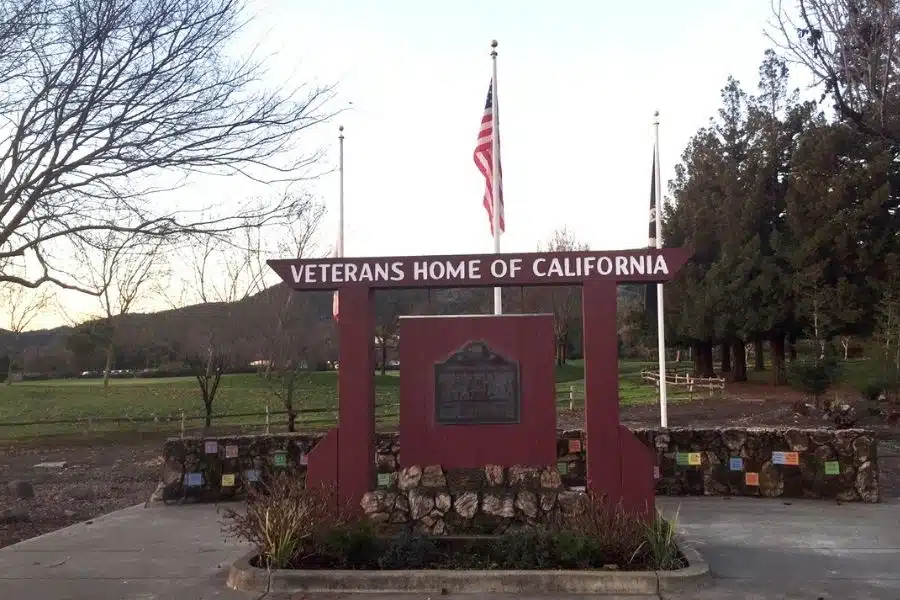
Veteran’s Home of California
260 California Dr.
The old chapel, designed by California State Architect George B. MacDougall, was built in 1918 and nicknamed the “Armistice Chapel.”
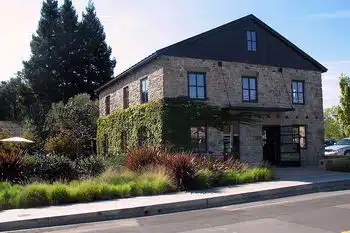
Charles Revegno House
260 California Dr.
6711 Washington St.
This stone house was built in 1904. Beginning in the 1970s it was restored and operated as the Burgundy Inn. It is currently The Wine Vault at RH Yountville.
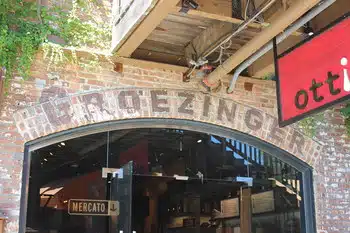
Groezinger Wine Cellars
6525 Washington Street
The Groezinger winery complex was built beginning in 1870, and was for a time one of California’s largest. Many of its buildings remain today, remodeled as the V Marketplace and Vintage House.
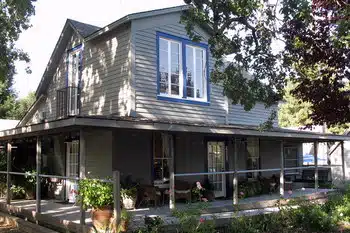
John Lee Webber House
2020 Webber Ave.
This house dates to the 1850s, and was later moved to its current location and enlarged. Since 1999 the house and companion buildings have been operating as Lavender Inn.
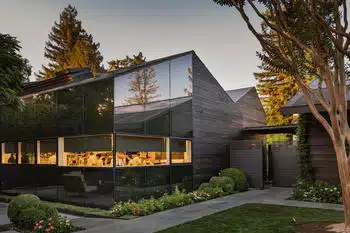
The French Laundry
The building dates to 1900, and was operated as a saloon until 1906, when it became illegal to sell alcohol within a mile of a veterans’ home. The building was remodeled and opened as The French Laundry in 1978, and bought by Thomas Keller in 1994, when several Michelin stars followed.
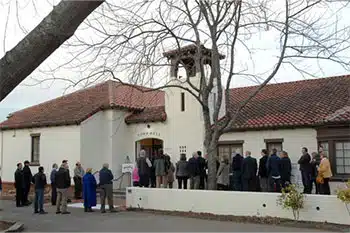
Yountville Grammar School
6550 Yount St.
Today’s Town Hall was for many years Yountville’s elementary school. It is a fine example of the Mission/Spanish Colonial Revival style, and was added to the Register in 2016.
Photos: thomaskeller.com, townofyountville.com common.wikimedia.com, flickr.com, napavalleyregister.com
California Historical Landmarks
Veterans Home of California
260 California Dr.
The Veterans Home was established in 1884 and transferred to the State of California in 1897. It carries on as the largest facility of its kind in the US.
Grave of George C. Yount
Pioneer Cemetary, Jackson and Washington streets
The founder of Yountville became the first US citizen to receive a Spanish land grant in the Napa Valley, in 1836. His grave is in the Pioneer cemetery at the north end of town.
STAY
EXPLORE
TASTE
DINE
YOUNTVILLE WELCOME CENTER
YOUNTVILLE CHAMBER OF COMMERCE
6484 Washington St., Suite F
Yountville, CA 94599
Monday–Friday: 10AM – 4PM
Saturday–Sunday: 10AM – 3PM
(707) 944-0904


